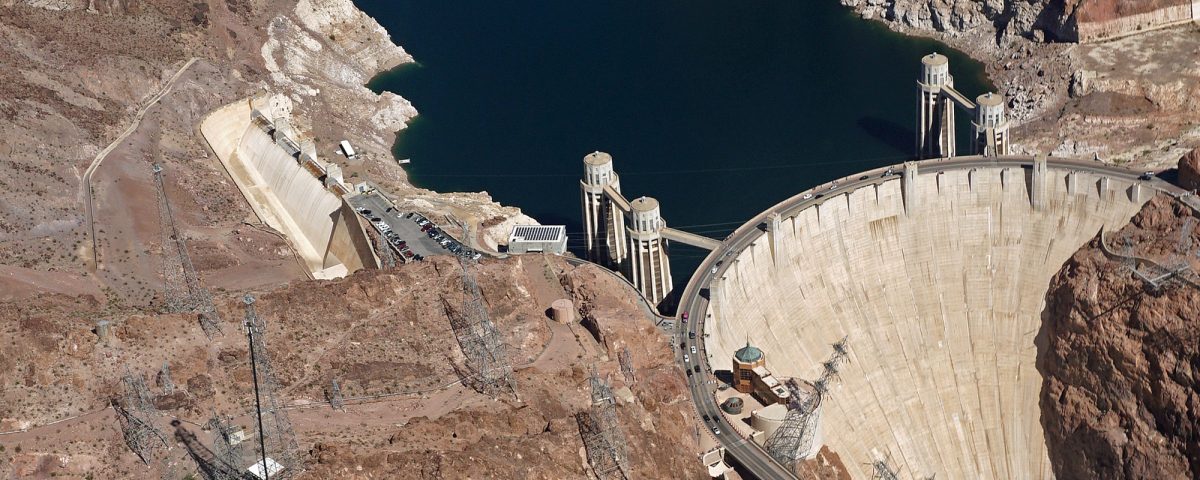The Hoover Battery

The Virtual Cold War
September 14, 2018
Stress Detector
September 28, 2018The Hoover Battery

Aerial view Hoover Dam
The Hoover Dam is an engineering marvel that has been compared by many to the pyramids.
This dam was built to provide irrigation and power. It is so efficient that it is able to hydroelectricly generate four billion kilowatt-hours a year, which is enough to serve 1.3 million people. There are plans to turn this generator into a battery as well.
But this battery is a bit different than most. The power that the Hoover Dam is able to generate is made possible by moving water through turbines. The plan is to build new pipes between the 2 reservoirs, the one above the dam and the one below. These pipes would take the water below the dam and pump it back up into the top reservoir so it can generate more electricity by moving through the dam’s turbines again. This method of generating power is known as “Pumped-storage hydroelectricity” and is a type of battery.
In this case, the cost of pumping the water back to the top reservoir is less than what is generated. Pumping the water back up would be “charging the battery” by putting the water back in the “battery”, which is the reservoir. Letting the water flow through the dam would be “using the battery”. We may have a “Hoover Battery” on our hands.
The Hoover Dam has been a feat of American ingenuity since it was completed in 1936. America never stops improving, and the Hoover Dam is no exception. We may soon turn the Hoover Dam into a self-sustaining power generator.
Eric Cawley is an occasional blogger for Gary Stringham & Associates. Gary provides consulting and expert witness services in embedded systems such as robotics. Feel free to contact Gary at 208-939-6984.

